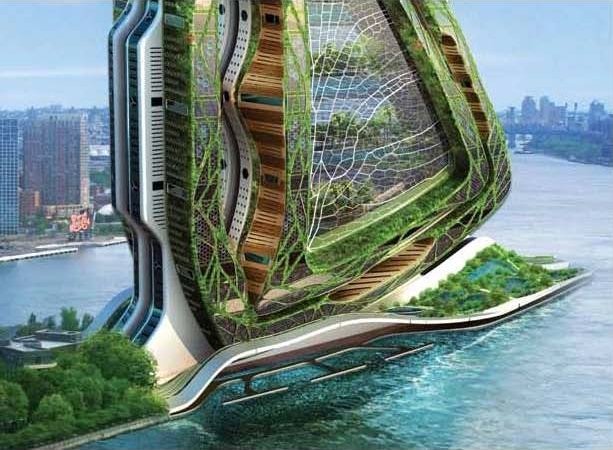geoengineering explained: the benefits and challenges of enhanced weathering
Enhanced weathering is the process of exposing large quantities of minerals that are reactive with carbon dioxide in the atmosphere and storing the resulting compound in the ocean or soil. It is considered a form of carbon dioxide removal or CDR. BENEFITS CHALLENGES Has the potential to increase terrestrial and oceanic net productivity Can be…

